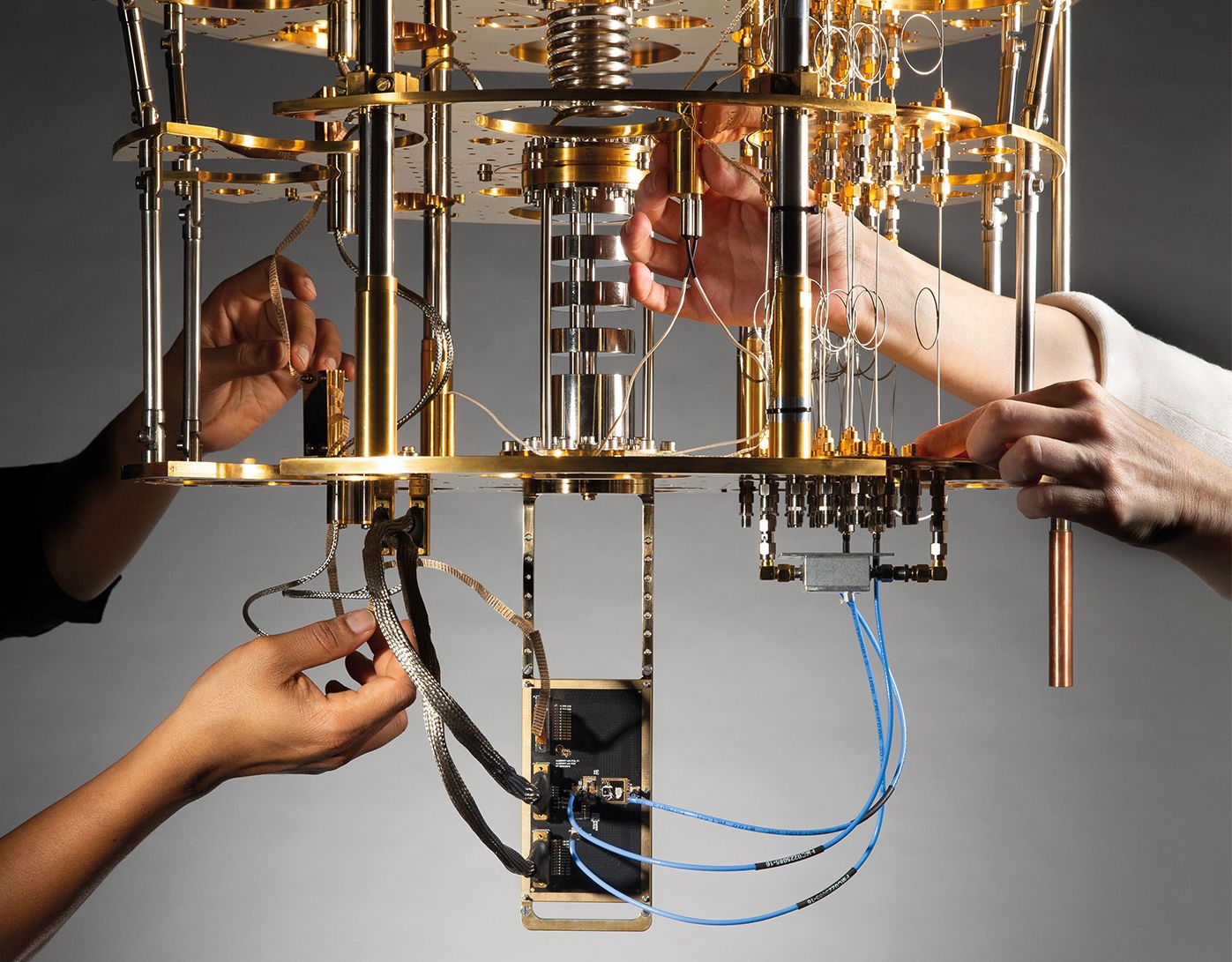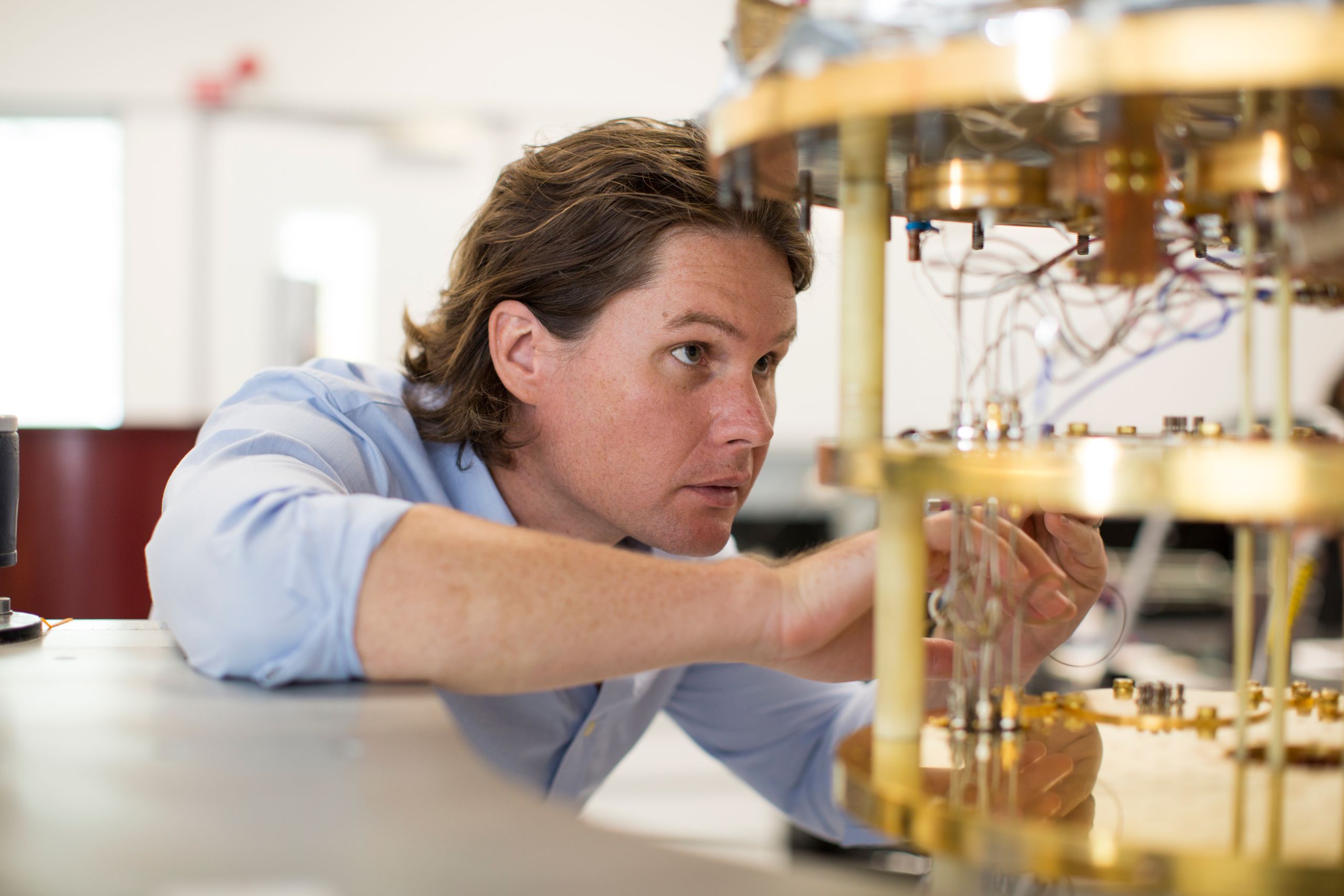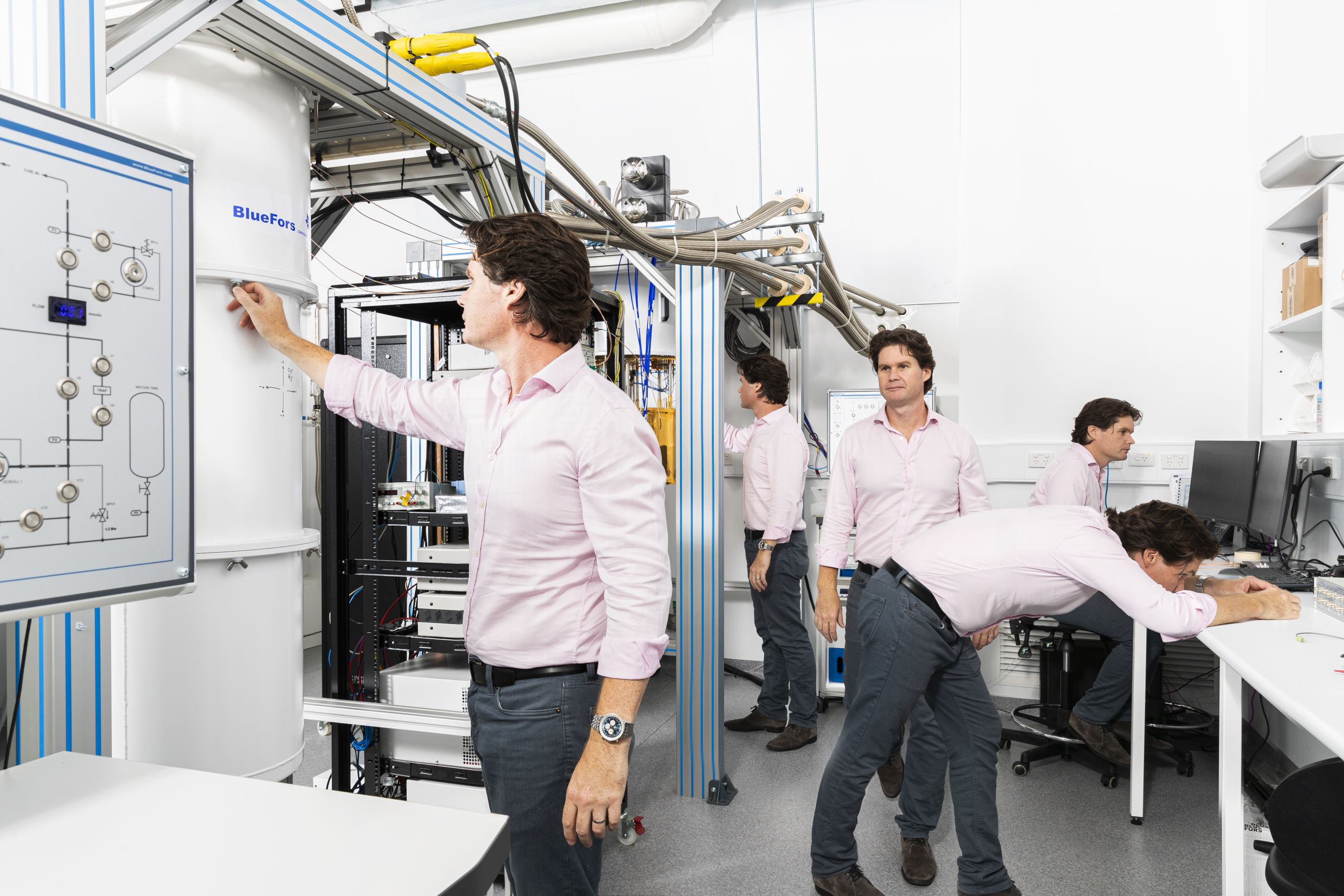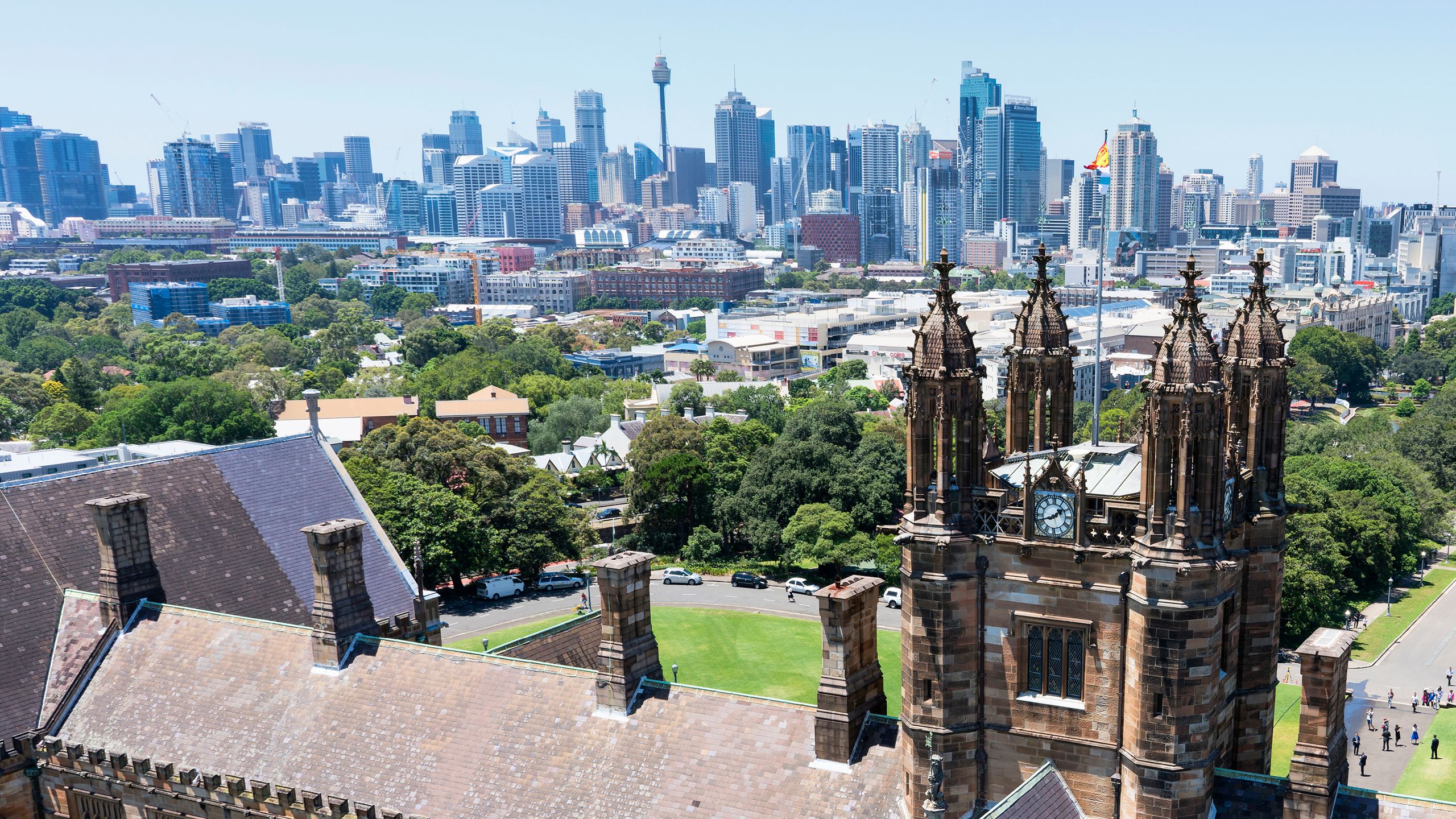Microsoft partnership with university taking quantum computing from lab to reality

A global partnership between the University of Sydney and Microsoft is developing quantum computing technology to help revolutionize the future of computing, materials, and the economy.
Since the launch of the University of Sydney’s global partnership with Microsoft in 2017, Professor David Reilly and his team have been building the capacity to pursue what could be the most difficult technological challenge of the 21st century: advancing the capabilities of computers to solve the problems of the future.

Professor David Reilly
Professor David Reilly
The partnership establishes ongoing investment in quantum computing capabilities, creating an unrivaled setting and foundation for quantum research in Australia, and one of only five labs of this kind in the world.
The benefits of partnering with a tech heavyweight such as Microsoft include infrastructure typically out of reach for a university, quick prototype testing, and access to resources and expertise across a complex and sizable network of teams spanning the world.
“It’s a quest outside the usual bounds of academic life,” says Professor Reilly. “It’s a global challenge, and one that will take the capacity, abilities, and resources of one of the biggest tech firms in the world.”
A rare global partnership

Microsoft has invested in a select number of universities around the world, leveraging the best minds in physics, engineering, computer science, and mathematics to build dynamic and research-rich ecosystems within university environments. For example, at the University of Sydney the research is developing engineering solutions for reading out and controlling qubits in scaled-up architectures, while teams in Denmark are developing the materials for the physical platform for the world’s first scalable quantum computer.
This remarkable partnership is enabling research problems and challenges to be tackled in ways that combine the creative and inventive aspects of academe, with the capability of industry to transition research outcomes into the real world. “It’s a completely new research paradigm,” Reilly says.
“Creating a quantum computer is often compared with the feat of the first moon landing. Imagine trying to make it to the moon without resources and collaboration at scale. Research of this kind is only possible through a global partnership that combines academic expertise with industry know-how.”
The combination of the University of Sydney’s world-class nanoscience hub and Reilly’s expertise in the interface between classical and quantum computers is a formidable one.
David Pritchard, Managing Director of Technology Partnerships, based at Microsoft’s Redmond, Washington headquarters, sees the partnership as vital for the technology that will be imperative in the not too distant future. “Microsoft works everywhere on the planet. We choose to build capacity and create partnerships that enable the best research outcomes. Rather than taking resources and talent out of environments, our model is to recognize, build out and augment existing strengths.”
Microsoft’s investment in the University of Sydney is in infrastructure, people, and intellectual assets. Microsoft staff work side by side in the lab exchanging ideas with 20 academics from various disciplines — every single day. The combined size of this rich quantum research ecosystem is expected to grow tremendously over the next five years.
“It’s fantastic that at the University of Sydney — and in Sydney more broadly — we have perhaps the highest concentration of quantum technology research groups in the world,” Reilly says.
The outcome of the project goes beyond science and technology, to provide training and education opportunities for university students, Ph.D. researchers, and academic experts in their field within Australia. Exposure to the collaborative research and technology will build Australia’s quantum expertise of tomorrow.
Partnering for impact

At the University of Sydney we believe that sharing expertise amplifies results, and building strong industry partnerships is key to solving the world’s greatest challenges. We've seen the potential of these partnerships to tackle issues from climate change to bone regeneration, to workplace equity and fuel consumption.
Our partnerships span the disciplines, collaborating with industry leaders like Qantas to reduce the impact of jet lag, and Telstra to develop the next generation of tech leaders. These partnerships provide opportunities for businesses to tap into our passion for solving real-world problems and give our research access to materials, markets, and data to make our results robust.
Fast facts about
the University of Sydney

- Australia's first university, established in 1850
- Ranked 1st in Australia and 2nd globally for impact
- Ranked 1st in Australia and 4th globally for graduate employability
- Thirty-one of our subjects are ranked in the top 50 in the world
Find out more about research at the University of Sydney
Follow the University of Sydney on Twitter and Facebook


